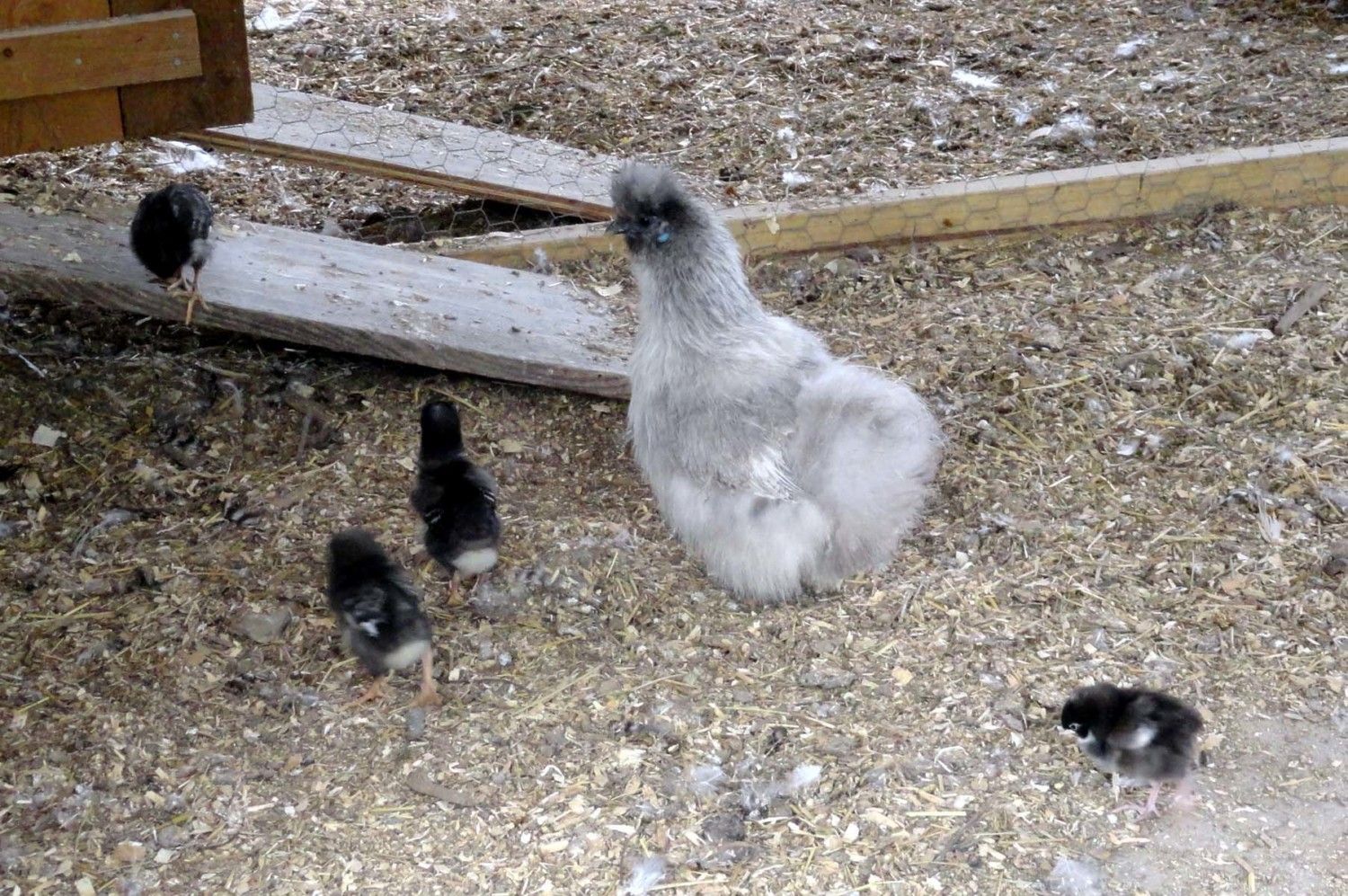Chris,The Plymouth Barred Rock has a Dominique fowl in its background BUT it wasn't the American Dominique. The Single Comb Dominique used in the breeding of the Barred Rock was most likely a Dom/ Dominique Game Fowl or even a Dominique /Barred Leghorn. We have to remember that with exception to the Rose Comb "American" Dominique the term Dominique refers to a color pattern and not a breed.
http://www.dominiquechicken.com/Dominique_Games.html
Yes there is a slight chance of getting a Single Comb out of a true "American" Rose Comb Dominique but they should be culled and not used in a breeding program.
Chris
While I am not disagreeing with you, what is your take on these docs? The Farmers Bulletin (2nd link) does say American Dominique... however the first link just says Dominique. The 1st link has some pretty good history on barred rocks and the breeds used to create them.
http://archive.org/stream/cu31924003091166#page/n11/mode/2up
http://books.google.com/books?id=FE...0CEgQ6AEwATgy#v=onepage&q=barred rock&f=false
Last edited:





